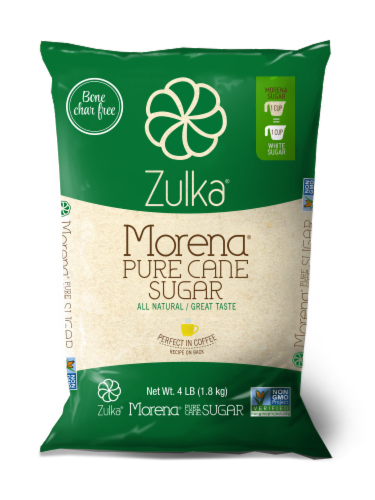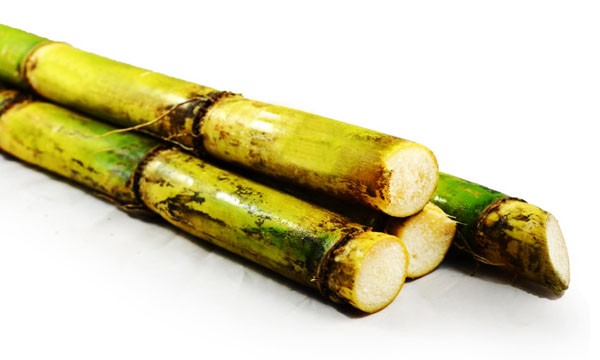Understanding Cane Sugar Processing: A Comprehensive Overview of the Stages
Understanding Cane Sugar Processing: A Comprehensive Overview of the Stages
Blog Article
Discovering the Comprehensive Tips Associated With Walking Stick Sugar Processing From Gathering to Refinement
The procedure of walking stick sugar manufacturing incorporates a series of complex steps, starting with the mindful harvesting of sugarcane and finishing in the improvement stages that ensure the end product meets market standards. Each phase, from the removal of juice to the filtration and formation processes, plays a vital duty in identifying the top quality and personality of the sugar. Comprehending these stages not only highlights the intricacy of sugar manufacturing yet also raises crucial inquiries concerning efficiency, sustainability, and innovation in the sector. What effects do these factors have for future methods?
Collecting Sugarcane
Collecting sugarcane is a critical step in the walking cane sugar processing chain, as it straight influences the top quality and return of the final item. Appropriate timing and strategies are important during this stage to guarantee ideal sugar content and lessen losses. Generally, sugarcane is gathered when it reaches maturity, usually 12 to 18 months after growing, characterized by a high sucrose concentration.

Post-harvest, the sugarcane must be refined swiftly to avoid sucrose destruction. Preferably, collected walking cane ought to be moved to refining centers within 24 hr to preserve sugar quality. As a result, efficient logistical planning is crucial to maintain the stability of the gathered crop throughout the supply chain.
Extraction Process

The crushed walking cane goes through a series of pressing operations to maximize juice recovery. Normally, hot water is sprayed onto the crushed cane, developing a countercurrent circulation that assists liquify the sugar while additionally assisting in the removal procedure. The juice collected from this operation has not only sugar but additionally numerous natural compounds and contaminations.

To enhance extraction efficiency, some centers might utilize diffusion approaches, where the sugarcane is taken in hot water, allowing the soluble sugars to diffuse into the fluid. The resulting juice, abundant in sucrose, is after that directed to succeeding handling phases, laying the structure for purification and improvement. The removal process is therefore crucial in establishing the high quality and yield of the final sugar item.
Filtration Methods
The purification techniques used in walking cane sugar handling are important for transforming the raw juice into a top quality sugar product. These methods mainly aim to get rid of contaminations, such as soil, plant products, and inorganic compounds, which can adversely impact the last product's flavor and color.
Among one of the most usual purification strategies is explanation. This procedure includes including lime and warmth to the raw juice, which assists in the coagulation of impurities. The resulting precipitate is then gotten rid of through sedimentation or filtration, producing a more clear juice. In addition, the use of phosphoric acid can enhance the clarification procedure by further binding contaminations.
One more considerable method is carbonatation, where co2 is introduced to the made clear juice. This reaction produces calcium carbonate, which records remaining impurities and advertises their elimination.
Additionally, turned on carbon therapy might be put on adsorb any remaining colorants and organic contaminations, here ensuring an extra refined product. The mix of these techniques efficiently prepares the sugar juice for subsequent steps in the refining procedure, establishing the stage for the production of top notch cane sugar.
Condensation Methods
After the purification stage, the following critical action in cane sugar processing entails condensation methods, which play an essential role in transforming the cleared up juice right into strong sugar. This procedure typically employs two primary methods: spontaneous condensation and regulated formation.
In spontaneous crystallization, supersaturated sugar services are allowed to cool naturally, leading to the formation of sugar crystals over time. This method allows for the uniform development of sugar crystals and greater purity.
Throughout formation, the cleared up juice is focused through evaporation, boosting its sugar content until it reaches supersaturation. As soon as this factor is accomplished, either method can help with the formation process. Cane Sugar Processing. The resultant sugar crystals are after that separated from the staying syrup with centrifugation
Inevitably, the choice of crystallization technique influences the top quality, dimension, and purity of the last sugar item, making this step necessary in the general walking cane sugar handling treatment.
Refinement and Packaging
Just how can the purity and high quality of walking cane sugar be even more enhanced after formation? The refinement process plays a crucial duty in achieving top quality cane sugar. Adhering to condensation, sugar undergoes a thorough washing to remove contaminations and recurring molasses. This is generally achieved making use of cozy water or steam, which helps dissolve and remove website here undesirable aspects while preserving the sugar crystals.
Next, the sugar undergoes a procedure called centrifugation, where it is spun at high speeds to divide the detoxified sugar crystals from the staying fluid. After centrifugation, the sugar is often additional fine-tuned with a technique called carbonization or phosphatation, which makes use of triggered carbon or phosphoric acid to get rid of shade and off-flavors.
As soon as fine-tuned, the sugar is dried to attain the preferred dampness web content, guaranteeing that it remains secure throughout storage and transport. The final step entails product packaging the polished sugar in impermeable and moisture-proof containers to maintain its quality and prevent contamination. Cane Sugar Processing. Proper product packaging not only extends service life however also promotes easy handling and distribution, ensuring that customers get sugar that meets the highest possible requirements of purity and top quality
Final Thought
The thorough actions associated with cane sugar handling, from the thorough harvesting of sugarcane to the complex improvement and packaging phases, underscore the relevance of each stage in making sure top quality sugar production. Optimum harvesting strategies, reliable removal approaches, and strenuous purification procedures collectively add to the end product's purity and stability. The formation and subsequent packaging methods better improve the honesty and service life of the sugar, highlighting the intricacy and precision integral in this important agricultural sector.
The procedure of cane sugar manufacturing incorporates a collection of complex steps, starting with the careful harvesting of sugarcane and finishing in the improvement phases that make sure the last product fulfills market requirements. Ideally, gathered cane should be transported to refining centers within 24 hours to maintain sugar high quality.In spontaneous condensation, supersaturated sugar solutions are permitted to cool naturally, leading to the formation of sugar crystals over time - Cane Sugar Processing. The improvement process plays a vital role in attaining high-quality walking stick sugar.The detailed actions included in walking stick sugar handling, from the careful harvesting of sugarcane to the elaborate improvement and packaging stages, underscore the More about the author significance of each phase in ensuring premium sugar manufacturing
Report this page